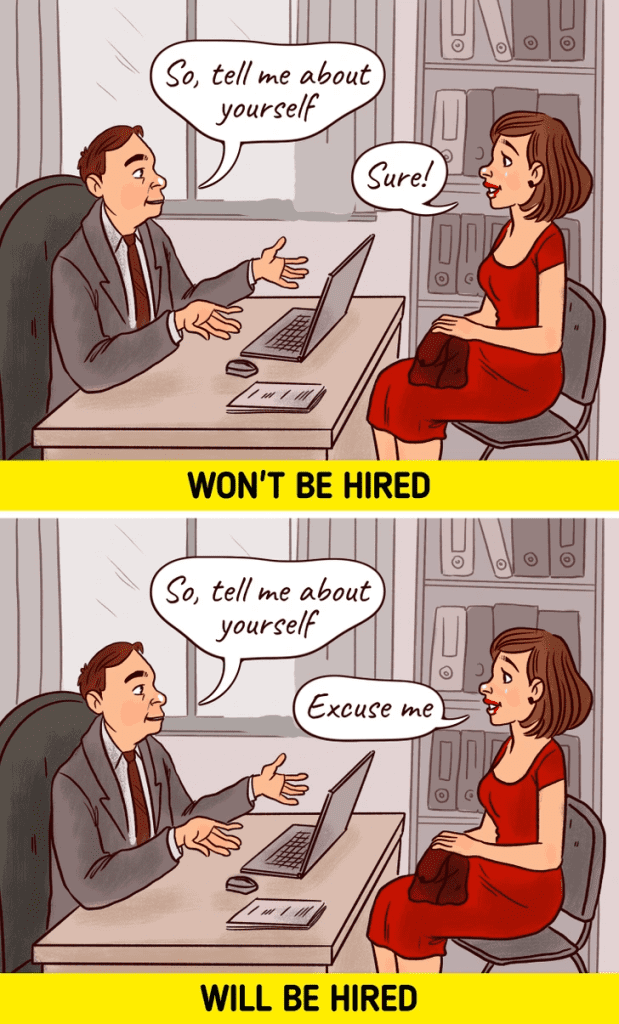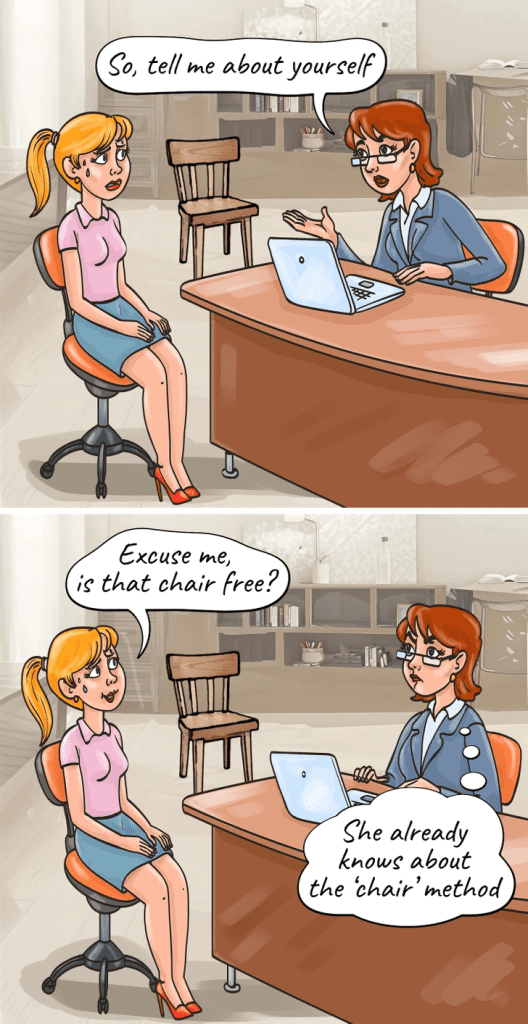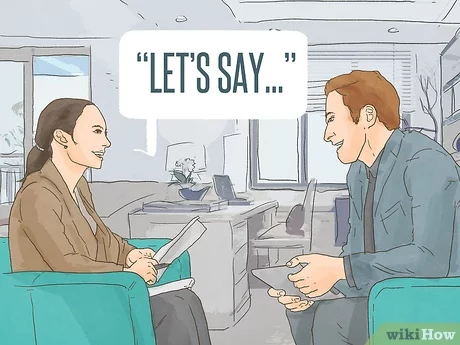
When you walk into a job interview, you’re prepared to answer questions, discuss your skills, and impress the hiring manager. But what if I told you there’s a subtle test you might not even notice? It’s called the Chair Method—a clever psychological tactic designed to see how you handle unexpected challenges.
At first glance, it seems like just another part of the interview setup. But in reality, the Chair Method is a deliberate strategy that helps employers gauge your problem-solving abilities, assertiveness, and attention to detail. If you’re not paying close attention, you might fail this test without even realizing it.
Video: How to Crush a Job Interview
The Chair Method is simple yet effective. During the interview, the hiring manager might intentionally provide you with an unstable or uncomfortable chair. Meanwhile, a more stable chair is placed conspicuously in another part of the room.
Here’s how it usually plays out:
- You enter the room and see a wobbly or oddly positioned chair in front of the interviewer’s desk.
- A second, more comfortable chair is located elsewhere, often near the back of the room.
- The interviewer watches your reaction. Do you acknowledge the problem? Do you choose the better chair? Or do you silently accept the discomfort?
The real test isn’t about the chair itself—it’s about how you respond to the situation. Do you adapt, take initiative, or stay passive? Companies value employees who can speak up, solve problems, and address issues directly. The Chair Method is designed to reveal these traits.

Employers want to know how you’ll handle real-world challenges. Are you the type to accept discomfort without question, or do you take action to improve your situation? The Chair Method tests three key traits:
- Problem-Solving Skills: Do you adapt to an inconvenient situation or just endure it?
- Assertiveness: Are you willing to speak up professionally about an issue?
- Attention to Detail: Do you notice the problem right away, or does it take you a while to realize something’s off?
Some hiring managers believe this simple test can reveal more about a candidate than traditional interview questions. After all, anyone can rehearse answers, but how you handle spontaneous challenges says a lot about your character.

If you find yourself facing a wobbly or uncomfortable chair during an interview, don’t panic. Handling the situation with confidence can actually work in your favor.
Before you sit down, take a moment to assess the chair. Does it look stable? Is it positioned correctly? If you notice an issue, address it calmly. A simple statement like:
“Excuse me, but this chair seems a bit unsteady. Would it be okay if I used the other one?”
This response shows that you’re not only observant but also assertive enough to improve your own environment. It’s a small but powerful way to demonstrate that you’re proactive and unafraid to speak up.

A good interviewer will appreciate your initiative. In fact, it might even spark a positive conversation, reinforcing your image as a problem-solver. By showing that you can handle a minor inconvenience with grace, you also imply that you’re capable of managing larger challenges.
The Chair Method isn’t the only trick interviewers might use to gauge your personality. Here are two other subtle tests that can catch candidates off guard:
During the interview, the hiring manager might offer you a cup of coffee or water. When the interview ends, they’ll observe what you do with it.
- Do you leave the cup on the desk?
- Do you ask where to place it?
- Do you take it back to the kitchen or dispose of it?
This test is all about responsibility and courtesy. Candidates who clean up after themselves show they’re considerate and conscientious—traits highly valued in a team-oriented workplace.
Video: 3 THINGS TO NEVER SAY in a JOB INTERVIEW! Interview Tips!
Sometimes, the real interview starts before you even meet the hiring manager. Some companies instruct the receptionist to take note of how you behave when you arrive. They’ll observe whether you:
- Greet people politely when entering the building.
- Treat staff members with respect, regardless of their role.
- Handle waiting time with patience and professionalism.
If you’re rude to the receptionist but polite to the interviewer, it’s a red flag. Companies look for candidates who are consistently respectful, no matter who they’re interacting with.

Employers want to know how you’ll behave in real-world situations—not just how well you can answer rehearsed questions. The Chair Method, Coffee Cup Test, and Receptionist Test are designed to see your natural reactions when you think no one is watching.
These tests help hiring managers find candidates who are polite, observant, proactive, and responsible. They reveal your character when you’re not consciously performing. Passing these tests requires you to be mindful of your surroundings and treat every interaction as important.
The best way to ace these hidden tests is to stay alert and genuine throughout the entire interview process. Treat everyone with respect, from the receptionist to the CEO. Pay attention to your environment, and don’t be afraid to speak up if something feels off.

Approach each situation with confidence. Whether it’s choosing a stable chair or handling a coffee cup properly, small actions reflect your overall mindset. By showing initiative and thoughtfulness, you demonstrate that you’re not just looking for a job—you’re prepared to be an active, engaged part of the team.
Job interviews are more than just a series of questions—they’re a test of your problem-solving skills, social awareness, and professionalism. The Chair Method and other subtle tactics challenge your ability to think on your feet.
By being mindful and proactive, you show potential employers that you’re not just competent but also adaptable and considerate. Next time you walk into an interview, remember to stay aware—you might be tested in ways you never expected. Approach every situation with confidence and a positive attitude, and you’ll leave a lasting impression that sets you apart.


